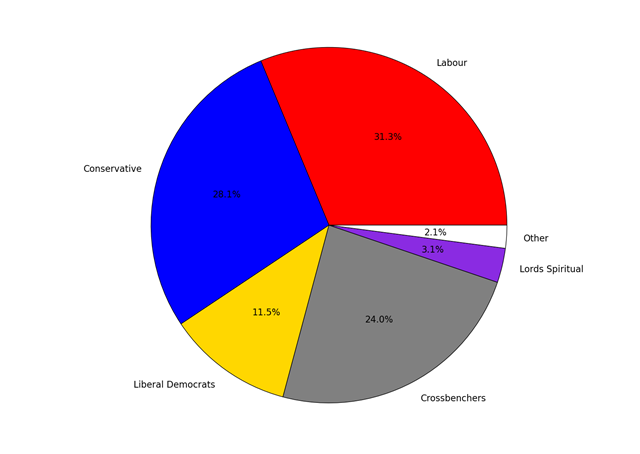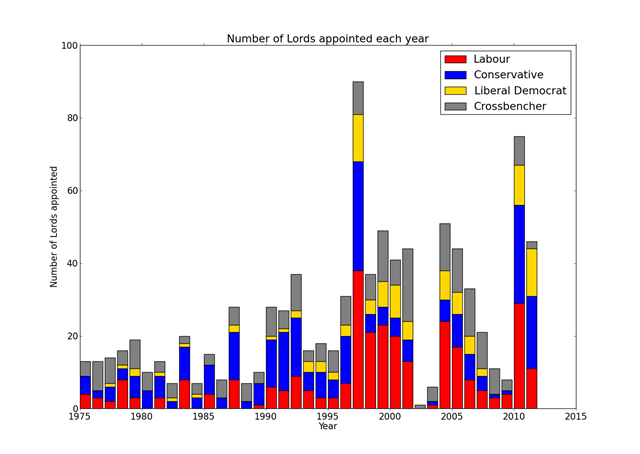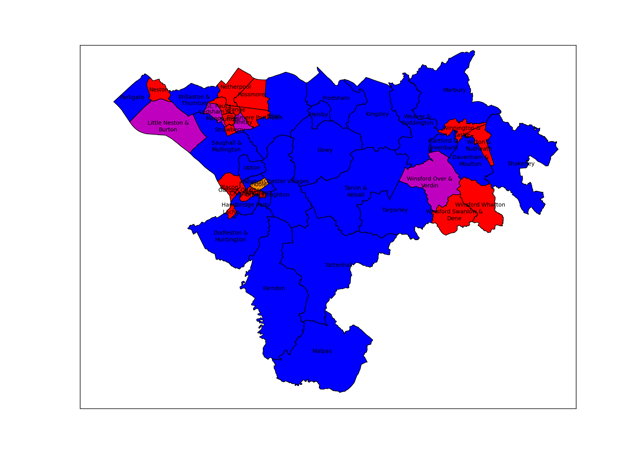AC Grayling is fronting the formation of a new private institution, The New College of the Humanities (NCH) providing degree level education, based in London and charging £18k per year. The degrees will be awarded by the University of London, under an existing scheme, the University of London International Programmes, the NCH simply being a new supplier.
The New College of Humanities is heading for the prestige market with its headline fees of £18k per year, a list of celebrity professors, a Bloomsbury location and a staff to student ratio of 1:10. It’s clear from the supporting material that the celebrity professors will not be providing all of the teaching. The novelty here is that the NCH will be a private institution. The University of Buckingham has been plugging away quietly for the last 30 years or so as the UK’s only private university, it is now getting increasing company. Buckingham has achieved very good student approval ratings, and has been innovative in the way it delivers degrees, managing to offer degree courses at around £18k, so it’s going for a different unique selling point.
Returning to the NCH: as usual for stories involving universities in the UK, a comparison to the universities of Oxford and Cambridge must be made by commentators in the press (here and here, for example). These should be ignored as fatuous and ill-conceived – there’s much more to universities in the UK than Oxford and Cambridge.
I’ve been rather bemused by the reaction to NCH on twitter by the people I follow, they generally have the character of “How dare a private university be created”. This is bizarre to me, the thesis that some big names should endow an institution with prestige is wobbly, however opposing the idea that people should be free to decide how to spend their money on how they attain their degree seems to me rather illiberal. To cover some of the points thrown around:
- It’s not a research university. Much is made of the research / teaching link, in my experience Russell Group universities recruit lecturers on the basis of research potential (or achievement) rather than any teaching ability or teaching qualification. Having done both I can’t help thinking that if I’d spent more time learning and doing teaching I’d be better at teaching.
- It’ll be like Jamie’s University, a reference to Jamie’s School where celebrities were sent to teach some of our more difficult pupils with hilarious consequences. In a way we already operate this system when we recruit our top-flight researchers to teach.
- The professoriate are not ethnically or gender diverse. Well neither are our current institutions!
- It teaches to the University of London syllabus, which is unsurprising since that who’s awarding the degree!
- It’s narrowly parasitic, in the sense that it is taking advantage of the University of London’s “public” facilities for free. This is contradicted by statements by both the University of London and the NCH, it will pay for facilities it uses.
- It’s broadly parasitic. This seems to be based on the idea that people trained with public money should only serve public institutions. Not sure where this puts people trained abroad, coming to the UK, or even worse those trained here and emigrating or myself – trained by public funds and working in a private company. It does sound like indentured slavery to me. I don’t buy the idea that the UK is short of people capable of teaching at degree level.
- They professoriate are doing it for money. Take a look at professorial salaries in the current institutions – £80k a year is not at all bad, they’re already doing it for money.
- It only teaches humanities, no science. My experience is that outside the Oxbridge college system the intermingling of disciplines in universities is poor, particularly across the great divide.
- A GP in the neighbourhood offers complementary medicine.
- It’s straightforward evil because private money is involved.
There is still a “to do” list for NCH:
- they need to finalise their relationship with University of London;
- they need to fill a large part of the teaching roster;
- they need to demonstrate the £18k per year price point will attract sufficient students to be economically viable;
I also see it having little wider significance to the teaching of humanities in the UK.
I must admit I quite like the idea of teaching degree level science to students at a 1:10 staff to student ratio without having to worry about all that grant application stuff – when do we get the New College of Science?
In summary, the NCH is a novel proposition based on a premise whose value is to be established – it’s ultimately about how other people wish to spend their money and, in the absence of any obvious harm to others, they should be left to get on with it. We should be welcoming new ideas in providing degree level education: like this initiative, the Open University and the University of Buckingham, not trying to put them down at birth.
Footnotes
Some background on Cambridge Colleges, teaching and tuition fees by me.






